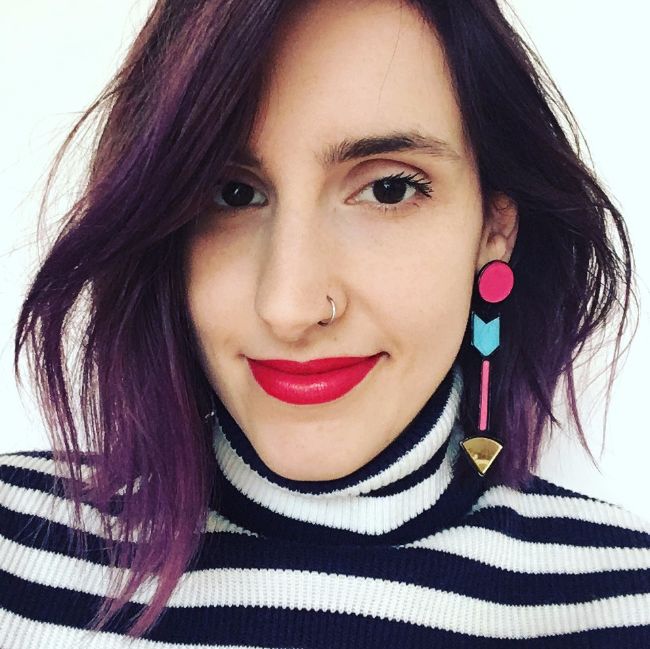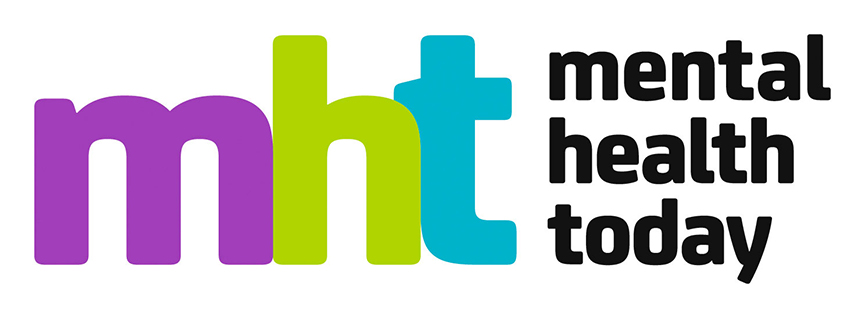How to foster positive relationships with young people as professional
Sophie Benson looks at how mental health care professionals can work with young people to create a therapeutic relationship that encourages them to continue to seek help as an adult ...

As a teenager experiencing a particularly severe episode of depression and anxiety, I came into contact with my local Child and Adolescent Mental Health Services (CAMHS).
From being treated as a ‘difficult’ child to having my privacy invaded, being embarrassed, ignored and physically mishandled, it was an entirely distressing and negative experience.
With mental health services under increasing pressure and with many young people facing difficulties in accessing them, it’s important that past experiences don’t contribute a further roadblock.
Reluctance to seek help as an adult
'Marred by these memories, I remain reluctant to seek professional help as an adult'
Marred by these memories, I remain reluctant to seek professional help as an adult, as I harbour a deeply held mistrust for all mental health services; public or private.
Unfortunately I’m not alone in my experiences and, like me, many others carry them through to adulthood where they manifest as a personal hurdle to reaching out for help.
So how do we tackle this? How can mental health professionals create positive experiences and build constructive relationships with young people?
Creating a collaborative relationship
As with parents and children, teachers and students, children are often used to a relationship with adults that put the adult in a position of authority.
'A young person may feel powerless in offering direction or even questioning the relevance or effectiveness of therapy'
When a practitioner perpetuates this dynamic, a young person may feel powerless in offering direction or even questioning the relevance or effectiveness of therapy.
As Tanya Beetham, a lecturer in psychology and a counsellor and psychotherapist working with children and young people, says: “The aim of ‘collaborative’ practice is to facilitate shared therapeutic goals and help a child or young person to feel more involved in their treatment.”
Young people leading therapy
Leading directly from collaboration, encouraging and enabling a young person’s involvement in their own treatment plan is central to fostering an egalitarian relationship which shifts the power balance in a positive direction.
'I sat and listened as a key worker listed my ‘issues’ and nodded along, scared to speak up'
In some cases, a young person may even effectively lead their own therapy.
Sitting and listening as a key worker listed my ‘issues’ and set out a completely unmanageable plan of action as I nodded along, scared to speak up, made me resistant to returning for future sessions.
A young person must feel heard and must be able to clearly understand what will be achieved from any goals set.
To realise this, a practitioner can’t simply ignore their status within the relationship, but rather should acknowledge it “in order to help them create spaces in which children and young people are more able to construct a sense of agency in their own recoveries”.
Mental Health Today: Support us to support you from Pavilion Publishing & Media Ltd on Vimeo.
Avoiding punishment
Beetham explains that “young people’s behaviour is at risk of being pathologised (viewed as ‘abnormal’ and ‘maladaptive’) and therefore the young person might feel as if it is them that is the problem.”
It’s vital that a young person doesn’t feel at fault.
Being shouted at, grabbed or told to ‘stop’ felt like a punishment; heightening the feeling that I was, in fact, doing something wrong; that I was the source of the problem.
As a child, when behaviour is so central to your position within adult spaces and your treatment by the adults who control them, separating expressions of distress or physical coping strategies from ‘bad’ behaviour isn’t straightforward.
And trying to suppress them for fear of the consequences doesn’t help create an open and trusting relationship.
Not using treatment as a reward
As a teenager, I wasn’t fully equipped to communicate my frustrations in a measured manner, particularly in the midst of what was the most difficult time of my life.
The team at the CAMHS centre began to establish themselves as the gatekeepers to my treatment.
If I was quieter, didn’t question decisions and behaved in an acceptable manner, my treatment would begin.
If not? More postponed meetings, more futile day visits and more moving of the goal posts.
Beetham says, “Often behavioural symptoms are a sign of, communication of, or response to distressing thoughts, feelings or situations. It’s important to acknowledge, and work with both.”
If this is the case, they can’t be simply brushed aside to reveal an obedient and deferential patient, ready for treatment.
Treatment should tackle behavioural symptoms (and their root causes), not be positioned as a reward for artificially controlling them.
It’s such a complex topic so this doesn’t serve as a definitive, exhaustive guide, but with these points in mind, I think we can begin to foster positive relationships with young people that inspire trust and confidence.
Show your support for what you’ve read today. Enable us to keep finding and sharing the ideas that will better shape tomorrow’s mental health care.


Comments
Write a Comment
Comment Submitted